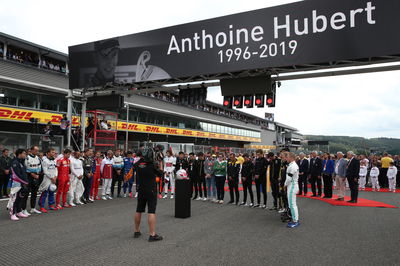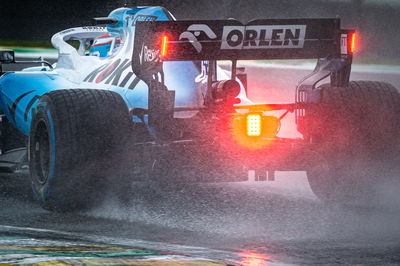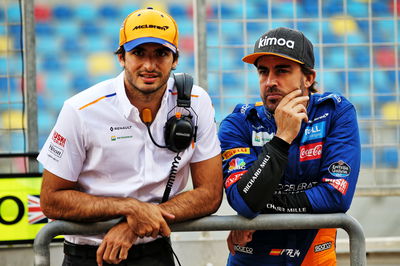FIA reveals new safety proposals including increased car strength
The FIA has revealed a wide-ranging number of new safety recommendations following investigations into accidents during 2019.
On Monday, the FIA’s Safety Department, supported by the National Sporting Authority of the respective country, announced a number of safety proposals having completed research into 28 serious and fatal accidents which occurred across its competitions in 2019.
These accidents include Anthoine Hubert’s fatal accident during a Formula 2 race at Spa-Francorchamps last August.

The FIA has revealed a wide-ranging number of new safety recommendations following investigations into accidents during 2019.
On Monday, the FIA’s Safety Department, supported by the National Sporting Authority of the respective country, announced a number of safety proposals having completed research into 28 serious and fatal accidents which occurred across its competitions in 2019.
These accidents include Anthoine Hubert’s fatal accident during a Formula 2 race at Spa-Francorchamps last August.
Among its proposals, the FIA is conducting an investigation of its front and side impact structures in a bid to improve the amount of energy that structures can absorb with the ultimate aim of increasing strength in the event of car-to-car impact.
The move is almost certainly a response to Hubert’s tragic death after he was caught up in a high-speed and violent impact involving Juan Manuel Correa, who continues to recover from the severe injuries he sustained in the crash.
This process is already underway for F1, Formula E and Formula 4, with actions for Formula 2 and Formula 3 set to be incorporated into the next car update.
Further changes to single-seater cars could include debris containment component designs and systems, as well as a review into front wing design and whether future designs could include “controlled failure” points to prevent full assembly detachment and the risks that come with such a failure.
Work will be carried out to “increase robustness of retention” of the headrest and to increase “the probability that all (or some) of the headrest remains in position during and following a major impact.”
Tyre pressure monitoring systems have been recommended to inform drivers of any puncture or sudden loss of pressure, which is believed to have been the catalyst that caused Giuliano Alesi’s spin and subsequent triggered the multi-car incident involving Hubert.
The FIA is to also investigate potential deceleration solutions for run-off areas and new track limits controls to stop cars from re-joining the track in a dangerous manner.
It has also proposed a coloured rain light system which reflects on-track flag conditions to warn drivers about the status of a circuit and improve visibility of flags being shown during races.
“Although further testing and research is required, this adaptation of the rain light usage could reduce driver notification time, improve the reliability of driver notification and better allow drivers to make an appropriate and proportionate reaction in the case of yellow flag deployment,” the FIA statement read.













